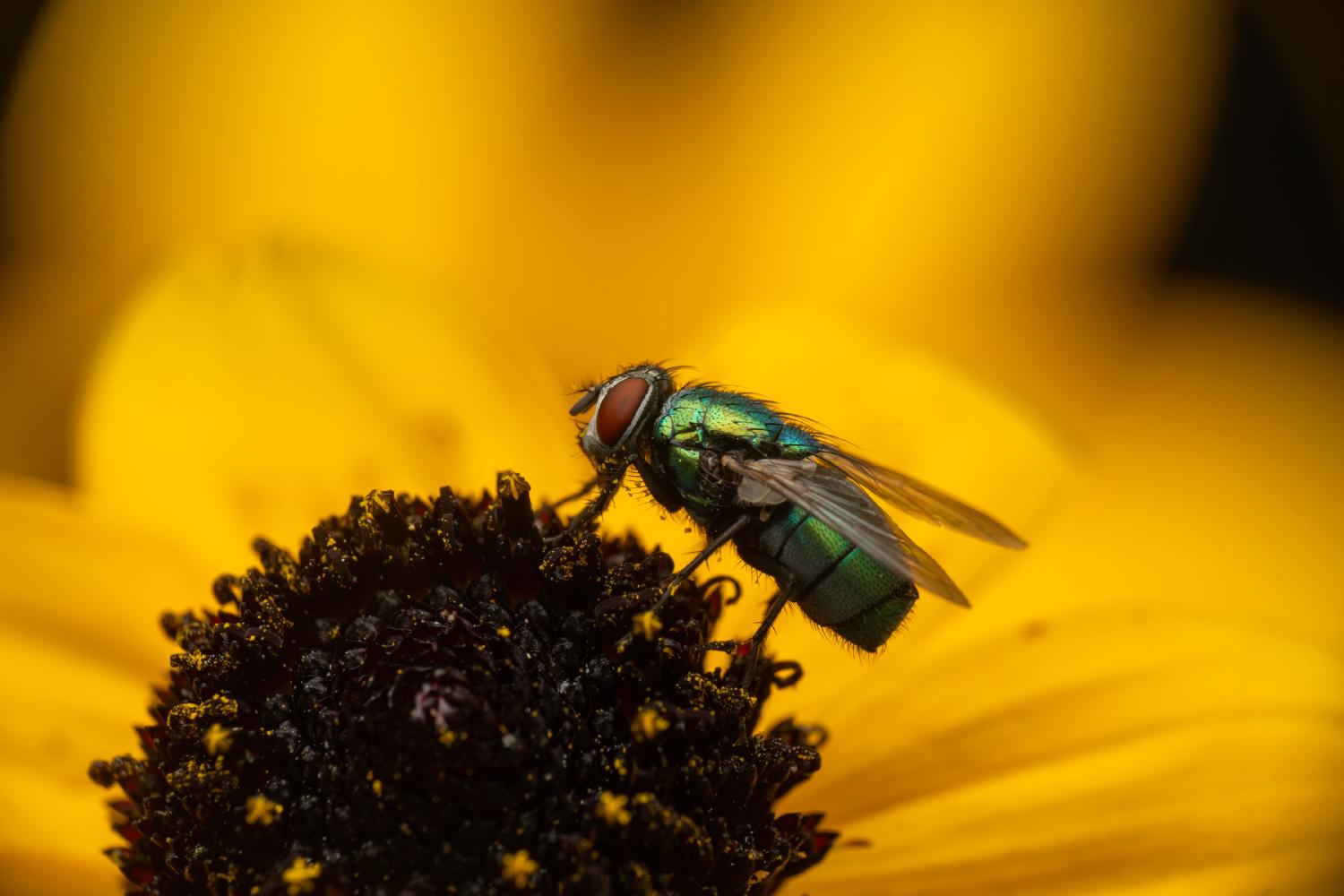Common European Greenbottle Fly
Lat. “Lucilia sericata“
species
of family
“Blow Flies“
1 species
The Lucilia sericata, commonly known as the common green bottle fly, can be identified by the presence of three bristles on its dorsal mesothorax. It is found in temperate and tropical regions worldwide, favoring warm and moist climates. The fly lays its eggs in carrion and the larvae feed on decaying organic tissue. The adult fly feeds on carrion, feces, pollen, and nectar, making it an important pollinator and agent of decomposition. Ongoing research focuses on the medical applications of L. sericata secretions and larval therapy, as well as finding less toxic methods to combat its impact on agriculture.
Description
The defining characteristic of L. sericata and the one most used when identifying the adult fly is the presence of three bristles on the dorsal mesothorax, located on the middle of the back of the fly. L. sericata is almost identical to its conspecific, L. cuprina, and identification between them requires microscopic examination of two main distinguishing characteristics. L. sericata is blue-black, as opposed to L. cuprina, which has a metallic green femoral joint in the first pair of legs. Also, when looking at the occipital setae, L. sericata has one to nine bristles on each side, while L. cuprina has three or less. Additionally, the eyes of L. sericata are smaller, with the frontal stripe also being thinner than the ones of L. cuprina.
Distribution and habitat
Lucilia sericata is common all over the temperate and tropical regions of the planet, including Europe, Africa, and Australia. It prefers warm and moist climates, so is especially common in coastal regions, but can also be found in arid areas. The female lays her eggs in carrion of all kinds, sometimes in the skin or hair of live animals, causing myiasis. The larvae feed on decaying organic tissue. The fly favours host species of the genus Ovis, domestic sheep in particular, and sometimes lays eggs in the wet wool of living sheep. This can lead to blowfly strike, causing problems for sheep farmers. L. sericata has been known to prefer lower elevations relative to other Calliphoridae species, such as Calliphora vomitoria.
Life cycle
The lifecycle of L. sericata is typical of flies in the family Calliphoridae. After the female deposits the egg, it hatches into a larva that passes through three instars as it grows, then enters prepupal and pupal stages (which can eclose quickly or overwinter depending on temperature) before emerging into the adult stage or imago. To start, the female lays a mass of eggs in carrion. The eggs hatch between nine hours and three days after being deposited on the host, with eggs laid in warmer weather hatching more quickly than those in cooler weather. In this, they differ from the more opportunistic Sarcophagidae, which lay hatching eggs or completely hatched larvae into carrion and eliminate the time needed for the eggs to hatch. The flies are extremely prolific; a single female L. sericata typically lays 150−200 eggs per clutch and may produce 2,000 to 3,000 eggs in her lifetime. The pale yellow or grayish conical larvae, like those of most blow flies, have two posterior spiracles through which they respire. The larvae are moderately sized, ranging from 10 to 14 millimeters long. The larva feeds on dead or necrotic tissue for 3 to 10 days, depending on temperature and the quality of the food. During this period the larva passes through three larval instars. At a temperature of 16 °C (61 °F), the first larval instar lasts about 53 hours, the second about 42 hours and the third about 98 hours. At higher temperatures, say 27 °C (81 °F), the first larval instar lasts about 31 hours, the second about 12 hours, and the third about 40 hours. Third-instar larvae enter a “wandering” stage and drop off the host to find an appropriate location with soft enough soil, where they bury themselves to enter a pupal stage, which usually lasts from 6 to 14 days. Burial allows the pupa to more reliably avoid desiccation or predation. The larger the larva, the farther it is able to travel to find a suitable location to pupate; L. sericata is noted to be remarkably active and can travel over 100 feet before pupating. If the temperature is suitably low, however, a pupa might overwinter in the soil until the temperature rises. After emerging from the pupa, the adult feeds opportunistically on nectar, pollen, feces, or carrion while it matures. Adults usually lay eggs about 2 weeks after they emerge. Their complete lifecycle typically ranges from 2 to 3 weeks, but this varies with seasonal and other environmental circumstances. L. sericata usually completes three or four generations each year in cold, temperate climates, and more in warmer regions.
Food resources
The larvae of L. sericata feed exclusively on dead organic tissue; as the eggs are laid directly into carrion, they are able to feed on the corpse on which they hatch until they are ready to pupate. The adults are more varied in their diets, eating carrion and feces, as well as pollen and nectar, as they are important pollinators in their native range and important agents of decomposition. The pollen (which the flies can digest, perhaps with the assistance of bacteria in their digestive tracts) may be used as an alternative protein source, especially for gravid females who need large amounts of protein and cannot reliably find carrion. Notably, gravid flies are particularly attracted to sapromyophilous flowers that exude a carrion-like odor, such as the dead horse arum lily. These flowers are tricking the flies into pollinating them by mimicking the scent of a corpse, but the flies also frequently visit myophilous flowers such as the oxeye daisy, and are attracted to the color yellow, as well as to the scent of flowers. This indicates that the flies are attracted to flowers not only because they smell like carrion (in the case of the arum lily), but specifically for the pollen offered by the flower (in the case of myophilous flowers).
Parental care
Lucilia sericata females lay their eggs on fresh carrion, avoiding older carrion because it can be detrimental to offspring (possibly due to bacterial activity or other factors). Like many blowflies, females of L. sericata perform aggregated oviposition, laying their egg masses in carcasses in which other flies are also ovipositing. The presence of female flies eating or ovipositing on a carcass may attract other female flies to do the same, perhaps through chemical cues. Females exhibit preference for certain oviposition conditions over others; they attempt to maximize the survival potential of their offspring by laying eggs in only the best places. They often select natural orifices or wet fur, though they do not tend to oviposit in wounds, as is mistakenly thought by many. Gravid L. sericata females prefer warm temperatures for their offspring, since this decreases development time, so increases survival, and they oviposit faster and with more eggs in warmer carrion. Egg load peaks at 30 °C. Sulfur compounds and indole likely are the major factors attracting gravid flies to carrion, raising the possibility that these compounds could be used to attract flies to traps to control them in agricultural settings.
Continuing research
Due to this species’ high forensic interest, extensive research on its lifecycle has been conducted. The ongoing medical research, however, centered around the secretions produced by L. sericata as an agent against MRSA and vancomycin-resistant Staphylococcus aureus, and the larval applications for maggot therapy. A new antimicrobial agent isolated from L. sericata secretions was patented under the name Seraticin.Efforts are geared toward making medical professionals more familiar to the current techniques. Like many other ectoparasites, L. sericata has a huge economic impact on farmers, so many studies and research projects have been put in place since the late 1980s to help farmers reduce their impact. Research is also being conducted on less chemical-intensive measures to combat blowfly strike, since chemical dipping and pouring is not only expensive and time-consuming, but also toxic.
External links
Media related to Lucilia sericata at Wikimedia Commons “Common Green Bottle Fly – Lucilia sericata”. North American Insects & Spiders. Red Planet Inc. Closeup photographs “Green Bottle Maggots help cure MRSA patients”. BBC News. 2 May 2007. Monaghan P (1 June 2007). “Rx:Maggots”. The Chronicle of Higher Education. LIII (39): A48. “Lucilia sericata “. Featured Creatures. UF / IFAS.
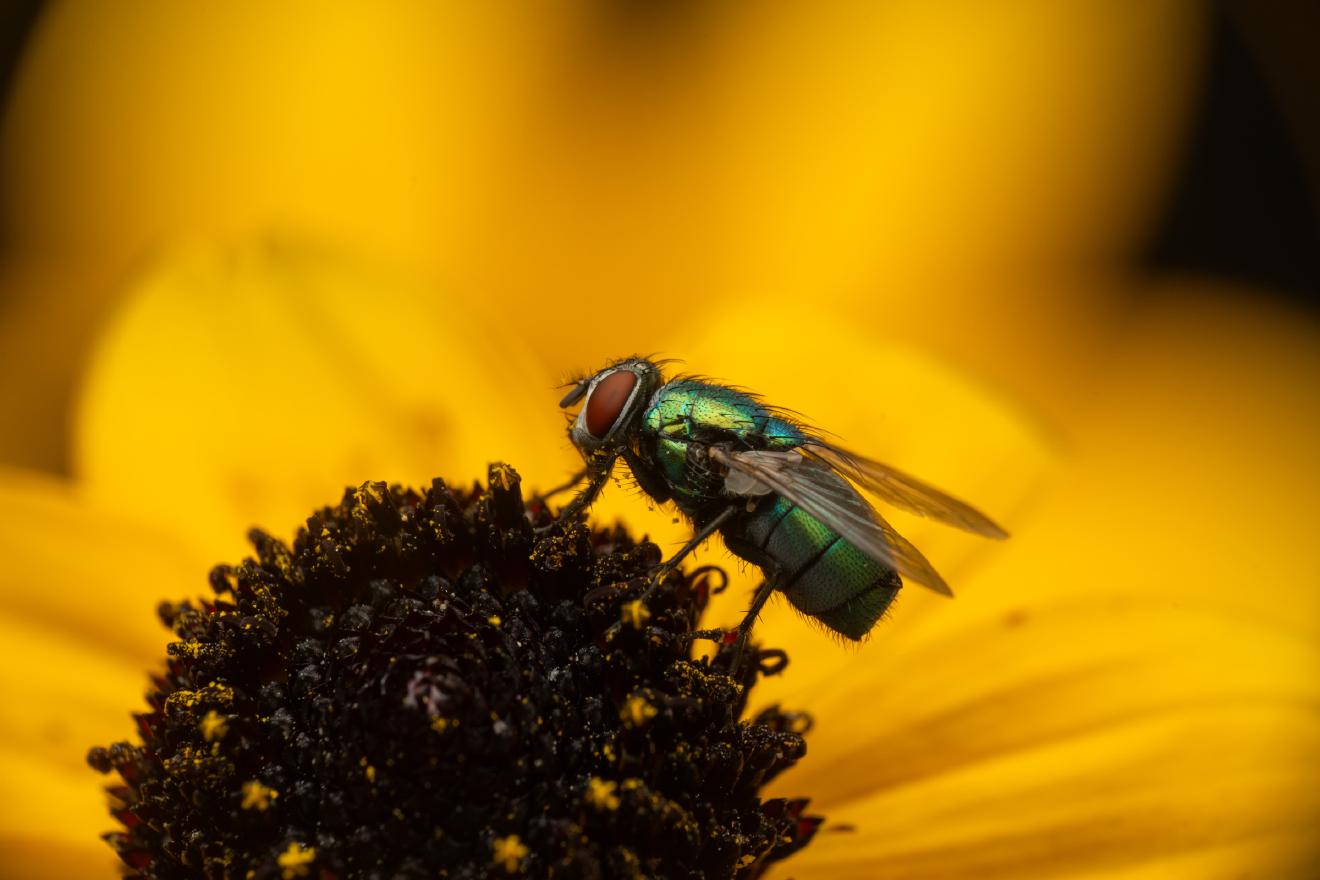

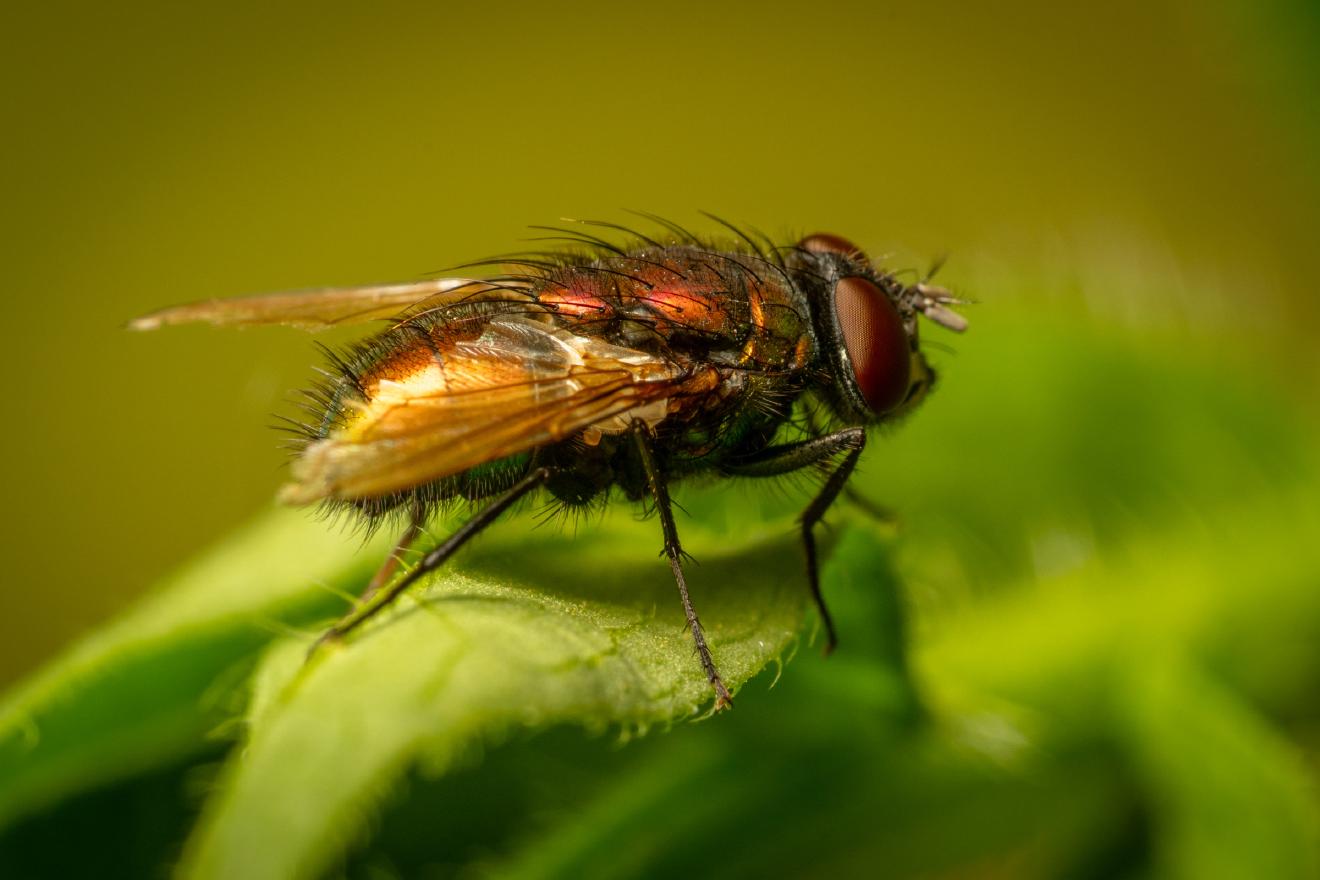
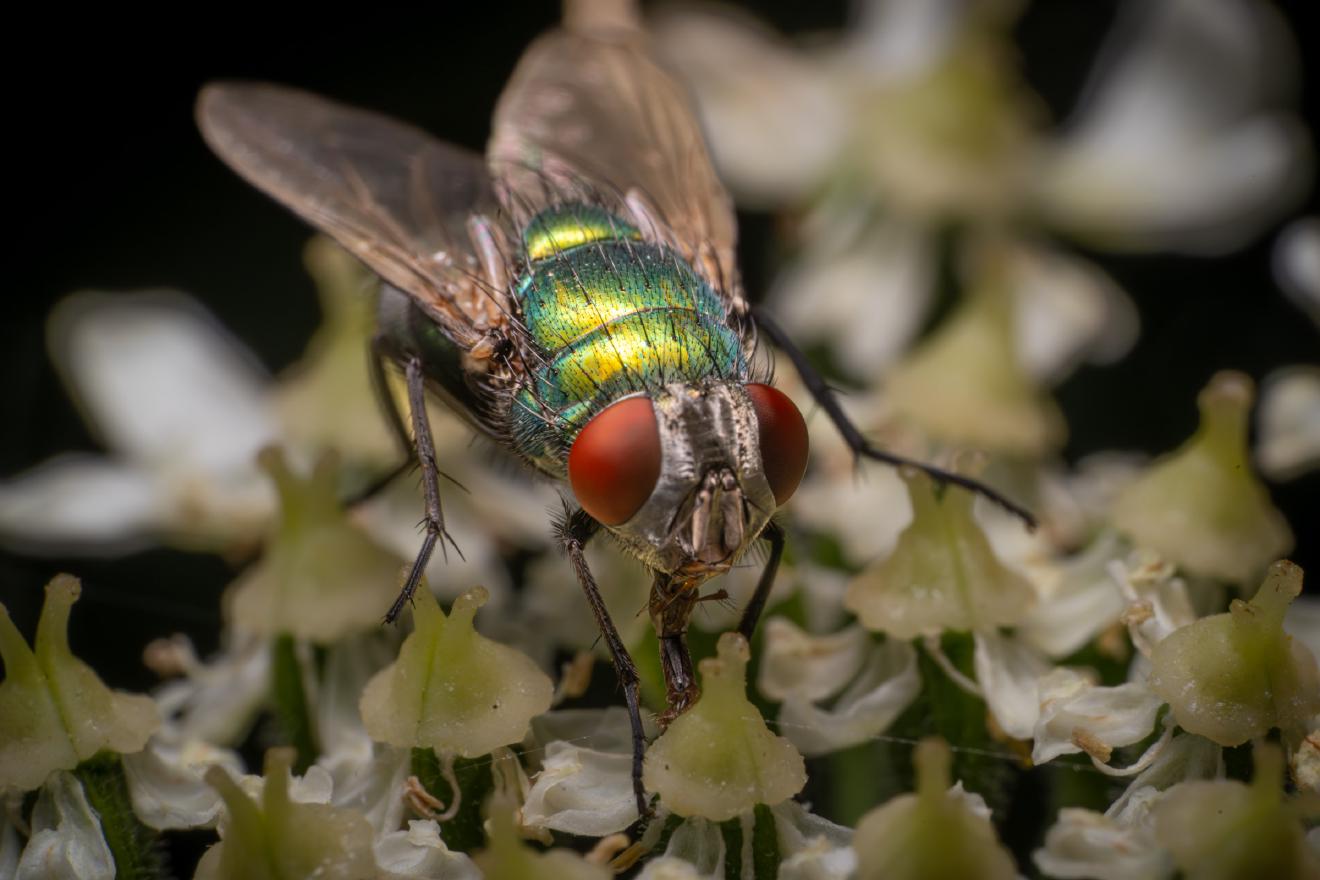
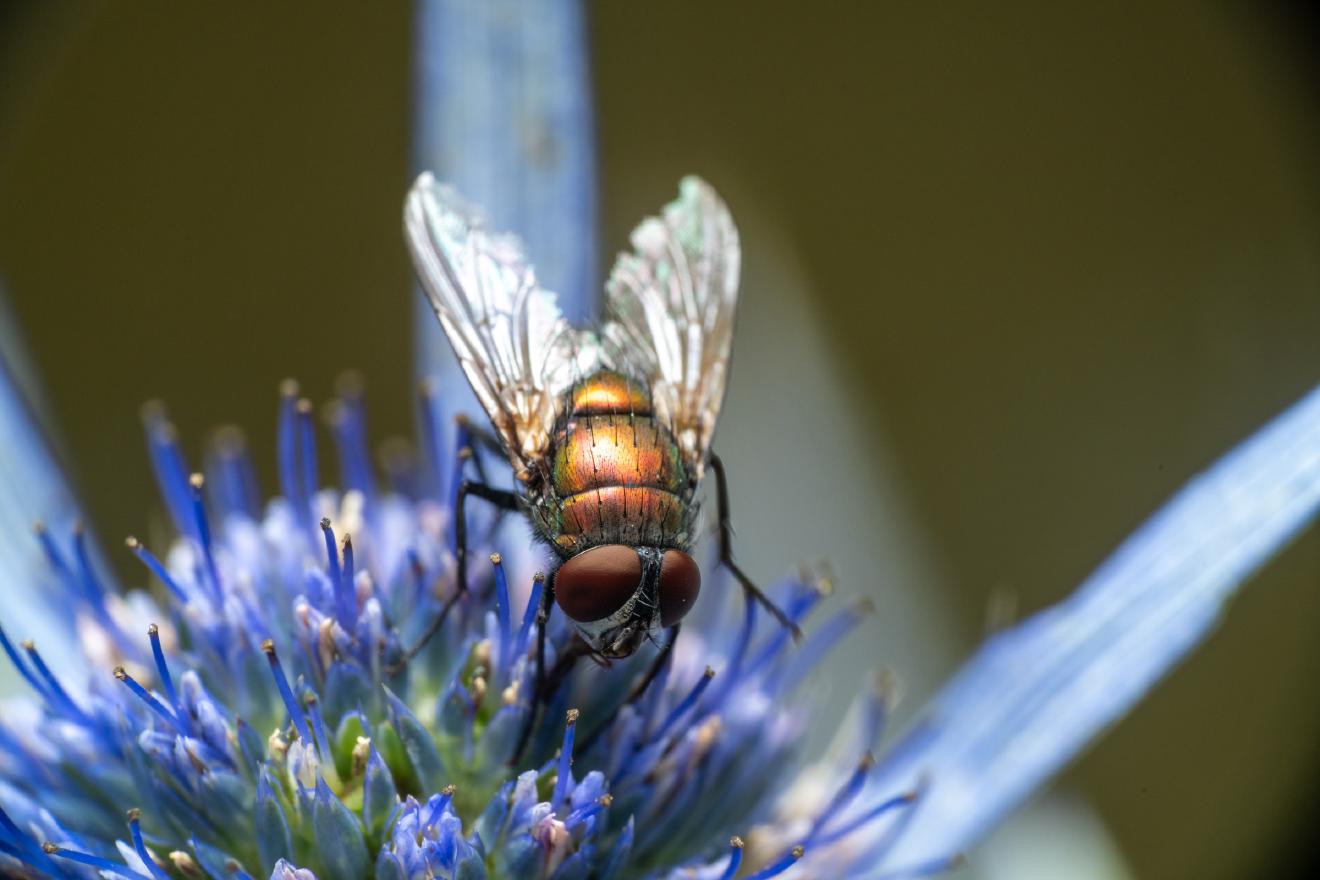
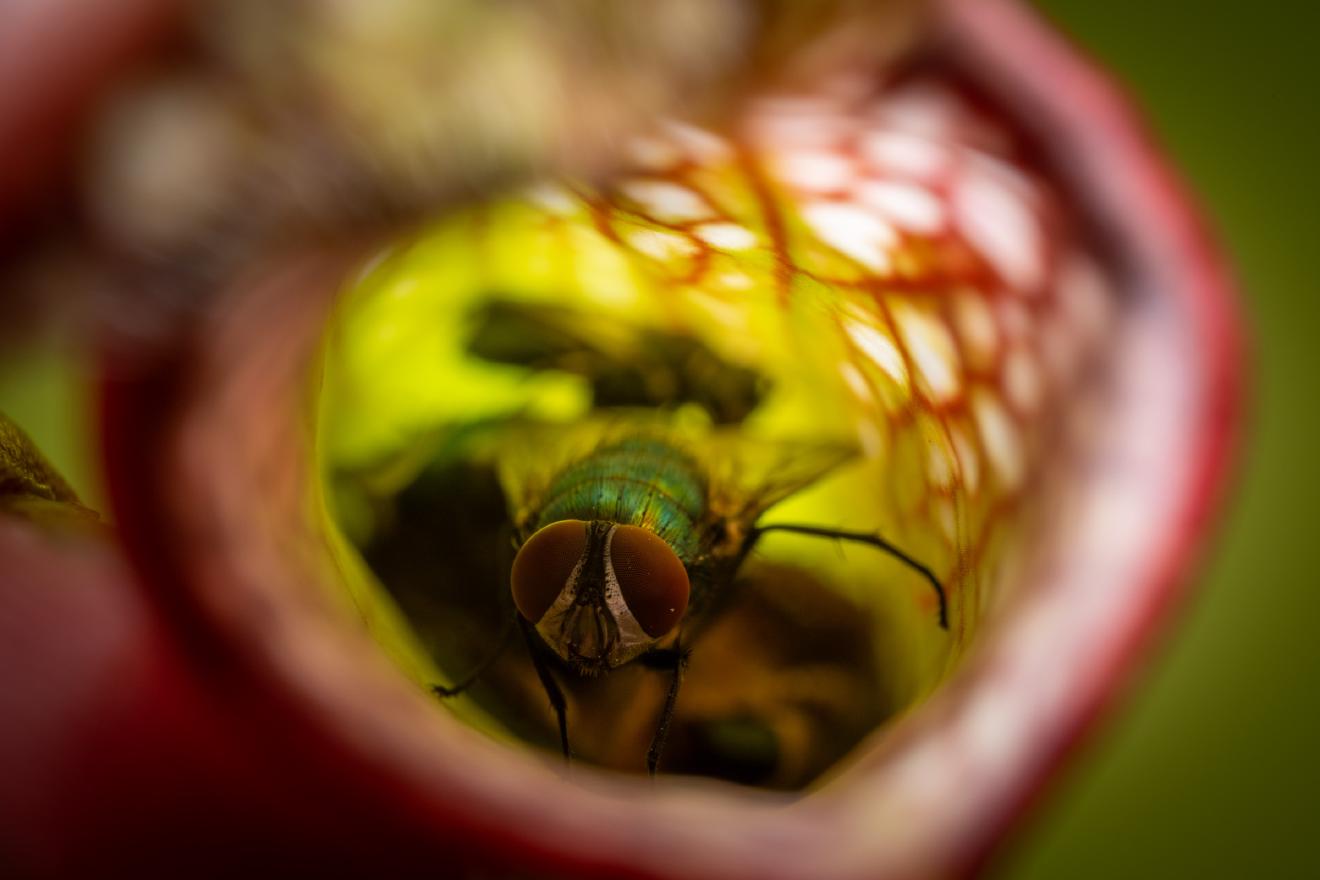

Ancestry Graph
Further Information
Copyright

This article uses material from the Wikipedia article Lucilia sericata the free encyclopedia Wikipedia which is released under Creative Commons Attribution-ShareAlike 4.0 International License). On Wikipedia a list of authors is available.
